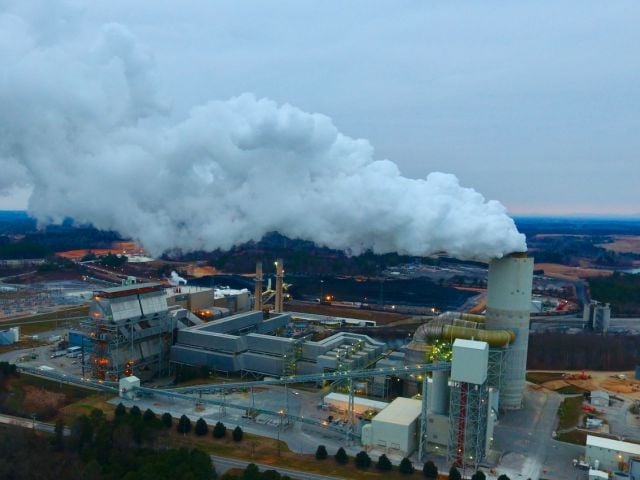Nanotechnology risks unknown

Displaying 2233 - 2256 of 7441









The energy industry spends millions of dollars on lobbying and public relations to fend off pressure for necessary changes to their core businesses. The way to fight back is for local groups...

There's a growing consensus – except in the chemical industry and among its lobbyists and allies in Congress – that when it comes to protecting people and the environment from dangerous chemicals, the...

There are more than 12,000 chemical plants that put Americans at risk with large amounts of chemicals, and 89 of those endanger more than 1 million people. Unfortunately, those most at risk in the...



The pending Senate version of the farm bill includes a provision to relink conservation compliance with crop insurance subsidies. Chairman Lucas's competing House version does not.
